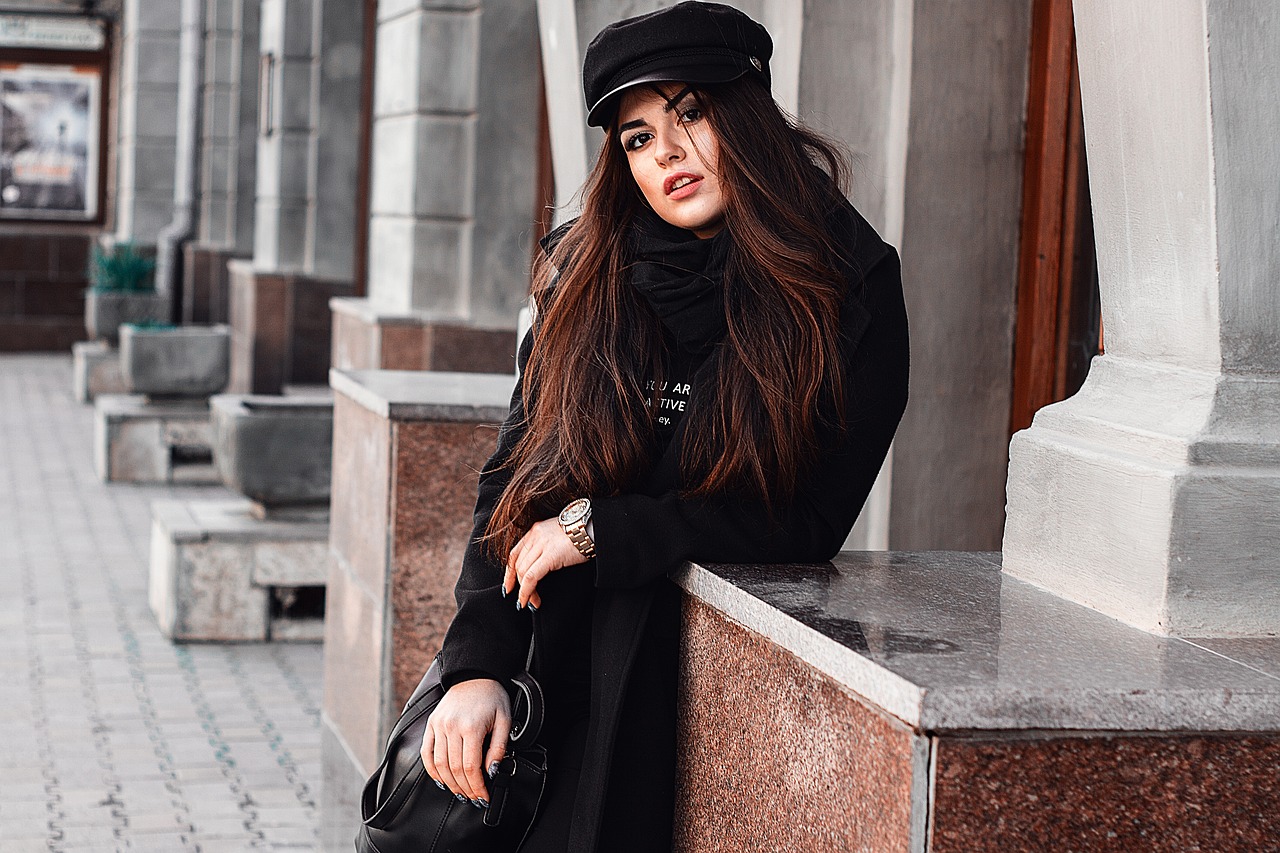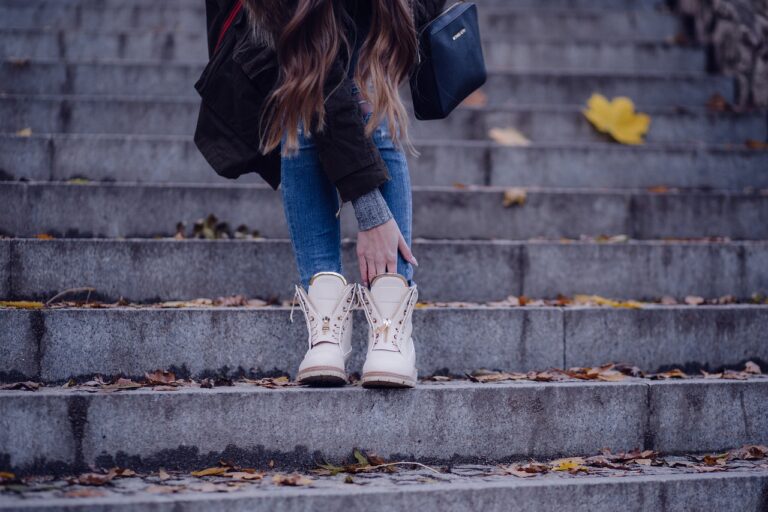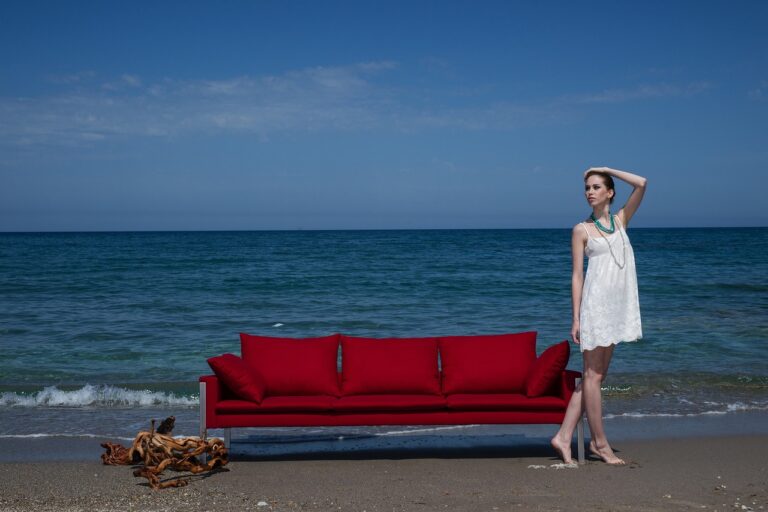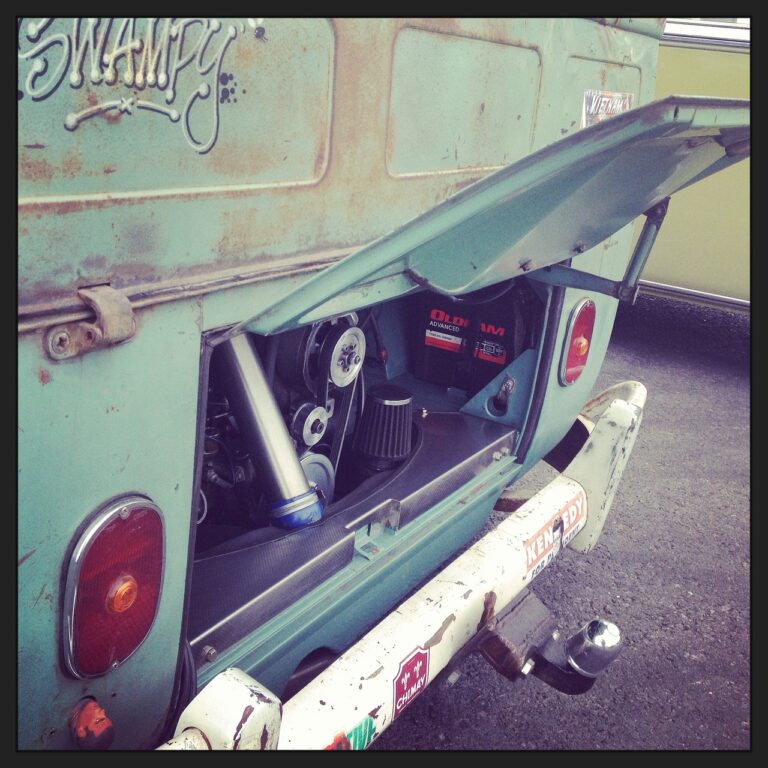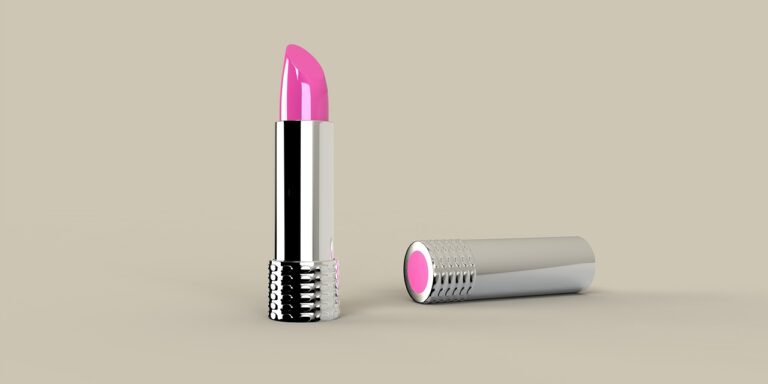Fashion and Body Image: Promoting Diversity and Inclusivity in Design
In recent years, the call for diversity and inclusivity within the fashion industry has grown louder. The importance of representation in fashion design cannot be overstated. When people from different backgrounds, cultures, and identities are involved in the creative process, the resulting designs are more reflective of society as a whole. This not only broadens the scope of fashion but also helps to break down stereotypes and promote acceptance and understanding.
Representation in fashion design not only enhances the variety of styles and aesthetics in the industry but also plays a crucial role in empowering individuals. Seeing someone who looks like them in the world of fashion can have a powerful impact on an individual’s self-esteem and sense of belonging. By showcasing a diverse range of models, designers, and styles, the fashion industry has the opportunity to promote positive body image and self-expression for people of all backgrounds.
• Embracing diversity in fashion design allows for a wider range of styles and aesthetics to be showcased
• Representation in the industry can help break down stereotypes and promote acceptance and understanding
• Seeing individuals who look like them in fashion can positively impact an individual’s self-esteem and sense of belonging
• Promoting positive body image and self-expression for people of all backgrounds is crucial in the fashion industry
Challenges Faced by Marginalized Communities in the Fashion Industry
Marginalized communities in the fashion industry often encounter limited opportunities for advancement and recognition. Despite their talent and creativity, individuals from these communities face barriers due to systemic discrimination and lack of representation in key decision-making roles. This exclusion can inhibit diversity within the industry, perpetuating homogeneity and limiting the range of perspectives and voices in fashion.
Moreover, marginalized communities may also struggle to find spaces where their cultural heritage and aesthetics are celebrated and respected. Mainstream fashion often appropriates elements of marginalized cultures without acknowledging their origins, further marginalizing those who should be given credit for their creations. This contributes to a cycle of erasure and exploitation that prevents meaningful collaboration and mutual understanding within the fashion industry.
Celebrating Different Body Types in Fashion
It is crucial for the fashion industry to embrace and celebrate all body types to promote inclusivity and diversity. By showcasing a variety of body shapes and sizes on runways and in advertising campaigns, fashion designers can empower individuals to feel confident and beautiful regardless of their appearance. This shift towards inclusivity not only promotes body positivity but also challenges traditional beauty standards, encouraging a more accepting and inclusive society.
Fashion brands that actively promote diverse body types are not only making a statement but also connecting with a wider audience. Embracing different body types in fashion design can lead to increased brand loyalty and customer satisfaction as individuals feel seen and represented. By prioritizing inclusivity, fashion designers have the power to create a more inclusive industry that celebrates the uniqueness and beauty of every individual.
Why is representation important in fashion design?
Representation in fashion design is important because it allows individuals from all backgrounds and body types to feel included and seen in the industry. It promotes diversity and acceptance of all body shapes and sizes.
What challenges do marginalized communities face in the fashion industry?
Marginalized communities face challenges such as lack of representation, discrimination, and limited opportunities for advancement in the fashion industry. These barriers can prevent individuals from diverse backgrounds from fully participating and succeeding in the industry.
How can we celebrate different body types in fashion?
We can celebrate different body types in fashion by showcasing a diverse range of models in fashion campaigns and runway shows. Designers can also create clothing lines that cater to various body shapes and sizes, promoting inclusivity and body positivity in the industry.

